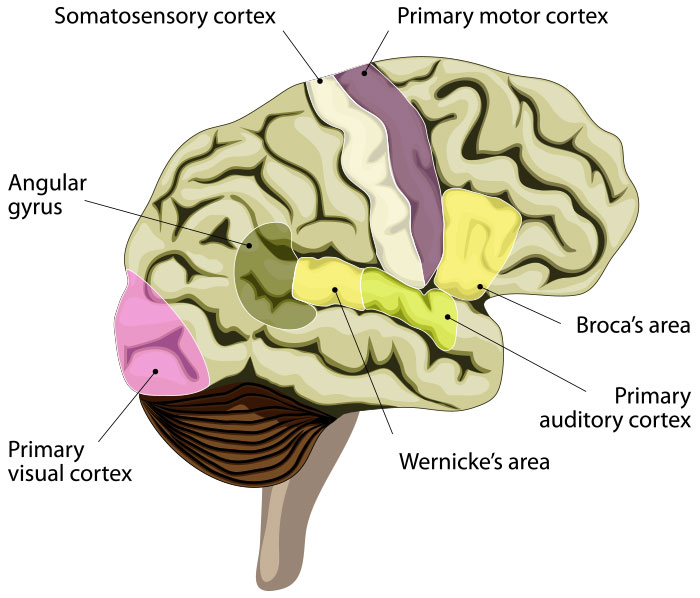As a parent who has a child with special needs, you know how difficult it can be to find out why your child is finding life much harder than other children their age.
Finding out why your child is not relating well to the world is the first step to helping your child cope.
Fortunately, there are remarkably simple aids that you can apply once you find out why they are having a challenging time. For instance, a golden retriever can help an autistic child feel more connected to the world. The autistic child might respond to their new pet’s love and patience when he won’t connect to another person.
A child with sensory processing issues may be delighted with seamless socks for kids. He or she may feel immense relief from wearing clothing that has no lumps caused by seams. As their comfort level increases, their behavior changes quickly. They throw fewer tantrums and appear happier.
While there is a great deal of literature on the autistic spectrum or the variety of learning disorders, there appears to be little knowledge about sensory processing issues.
Noticing Sensory Processing Issues
Often, the idea of a sensory processing issue is not noticed until a child is at school. However, in schools, teachers quickly notice those children whose behavior is well outside the norm.
For instance, if your daughter’s second-grade teacher calls to say that she has noticed some behavior issues with your child in school, you may come to realize that what you had considered normal behavior is not how other children behave. Other children her age may be less distracted by what is going on around them. They may feel less frustrated with things like handwriting. And they may not get upset at all when asked to switch from one activity to another.
Diagnosing Sensory Processing Issues
A child with sensory processing issues may exhibit the following behavior traits:
- They may have difficulty understanding information taken in from the senses. This is not necessarily related to sight or hearing but might also include touch, taste, and smell.
- They may have difficulty acquiring a sense of body awareness.
- They may have difficulty with movement, coordination and balance.
Misdiagnosing Sensory Processing Issues
One reason for the dearth of literature on sensory processing issues is that it is often mistaken for something else.
It may be mistaken for ADD or ADHD because of the child’s agitation, restlessness, and failure to pay attention. Or it may be mistaken for a learning disorder because a child doesn’t appear to grasp the information the teacher presents in class.
Two Distinct Subcategories
Another reason why sensory processing issues have been so hard to detect is because there are two distinct classes of sensory processing issues—oversensitivity and undersensitivity.
Oversensitive Children
Children who are oversensitive show the following behavior traits:
- They can’t seem to tolerate bright lights.
- They are unusually disturbed by loud noises like barking dogs and police sirens.
- They find normal clothing irritating; complaining that labels on collars cut into their neck or their underwear chafes or their shoes appear unbearably tight.
- They react to sounds in the background that others don’t even detect.
- They find hugging and cuddling uncomfortable even with parents or siblings they love.
- Children who are oversensitive and have body awareness or movement and balance issues may show the following behavior.
- They may think of playgrounds as dangerous, terrified of things like sitting on a see-saw or going up in a swing.
- They may knock down their playmates or bump into things because they are unaware of their body’s position in relation to people or objects. This behavior is often mistaken for “playing rough” with their friends or being hopelessly clumsy.
- They may exert too much pressure on sensitive tasks—like breaking pencil ends when writing or tearing a sheet of paper while erasing.
- They may spill drinks by slamming down glasses. They may press, squeeze, or break things by applying too much pressure.
Since these behavior traits may bring about negative social repercussions because their behavior is mistaken for bullying, defiance, or aggression, they may quickly get overwhelmed by criticism or ostracism. The result is that they have emotional meltdowns or bolt away from the distressing situation.
Undersensitive Children
Meanwhile, undersensitive children may show the following behavior:
- They may constantly want to touch people or their clothing, which can irritate others.
- They may appear to crowd other kid’s personal space without realizing it.
- They may not notice when they have been cut or bruised when playing.
- They may not understand their own strength and be perceived as bullies.
- They may love hugging, cuddling, and clinging to people for long periods.
- They may crave any activities that stimulate them like jumping, bumping, running, spinning, or leaping from high places.
Getting Help
The first step to take is to get an accurate diagnosis of sensory processing issues from a pediatrician or a child therapist. Once diagnosed, your child should work with an occupational therapist that has specialized in this field. These can be found working in schools or private practice. OTs will help your child regulate their sensory information so that you child can fit in with other children and handle normal, everyday demands.
